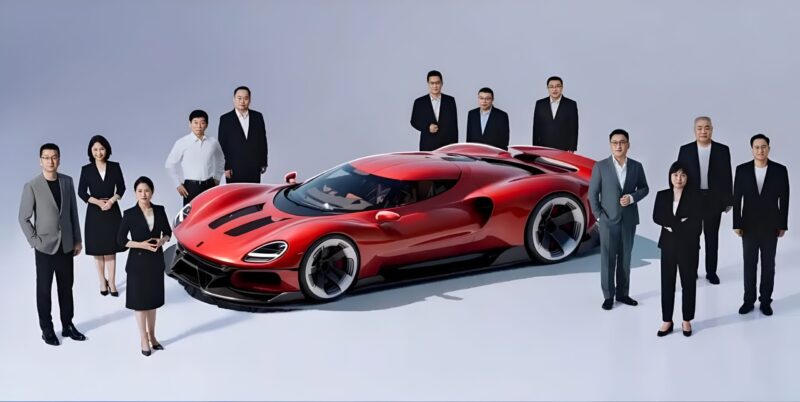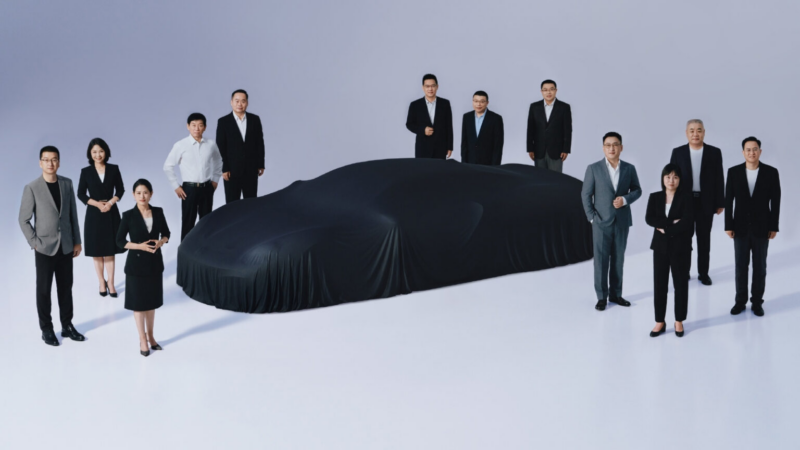GWM’s first supercar set for 2026, rivals Ferrari SF90 at half price
Great Wall Motor (GWM) will introduce its first supercar at the end of 2026, according to company chairman Wei Jianjun. He described it as “China’s first sports car in the truest sense” and confirmed that the project has already been under development for four to five years, as reported by Auto-home.
The program is being developed under the newly established “Ultra Luxury Vehicle Business Group”, led by Wei as chairman. Former GWM Vice President of Technology Song Dongxian has been appointed CEO, and Zhang Xiaobo serves as CTO. The initiative has also been supported by international recruitment to strengthen design and engineering capabilities.
It is worth noting that earlier this year, a trademark review result for the name “Zixin Auto” (自信汽车, meaning Confidence Auto) circulated online. The applicant was Great Wall Motor Co., Ltd., which attracted public attention. According to reports, “Zixin Auto” is positioned at a high level within the Great Wall Group and may be intended to compete with BYD’s Yangwang brand in the ultra-luxury segment.
The first public indication of the model appeared in July 2025 during a company photo session marking GWM’s 35th anniversary. A covered vehicle with wide fenders and a low stance was seen in the background, prompting speculation about its design and performance targets.
GWM CTO Wu Huixiao later revealed that the company is working on a supercar-oriented product, with the Ferrari SF90 identified as a benchmark. Industry reports suggest the car may adopt a self-developed 4.0T twin-turbo V8 engine paired with an electric motor in a plug-in hybrid configuration. While final details remain unconfirmed, early speculations suggest a combined output of around 1,000 horsepower, a 0–100 km/h time of under 3 seconds, and a top speed exceeding 350 km/h.
If realised, the performance would place the GWM model in direct competition with established European supercars, though at a potentially lower cost. Market expectations suggest pricing in the 2 million yuan (280,000 USD) range, roughly half that of the Ferrari SF90 in China.
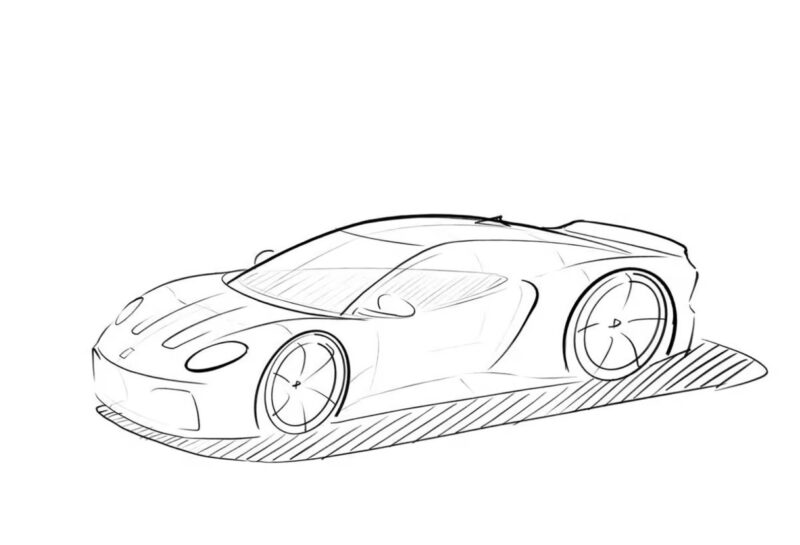
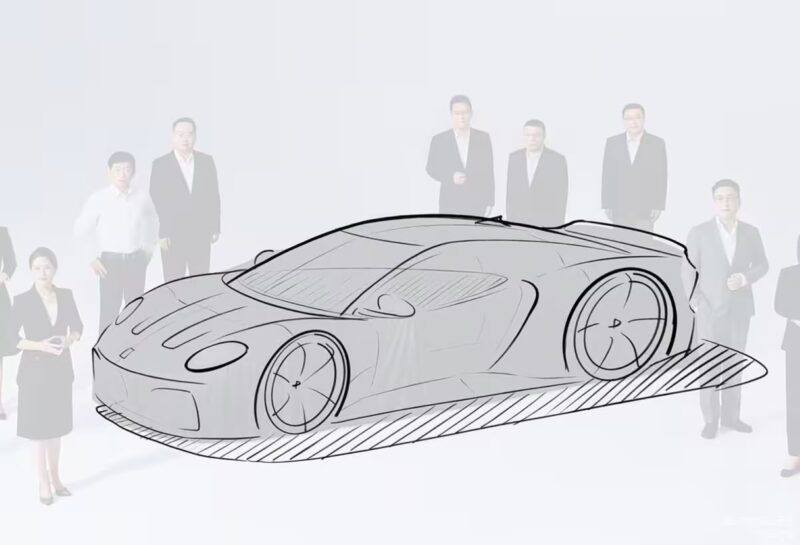
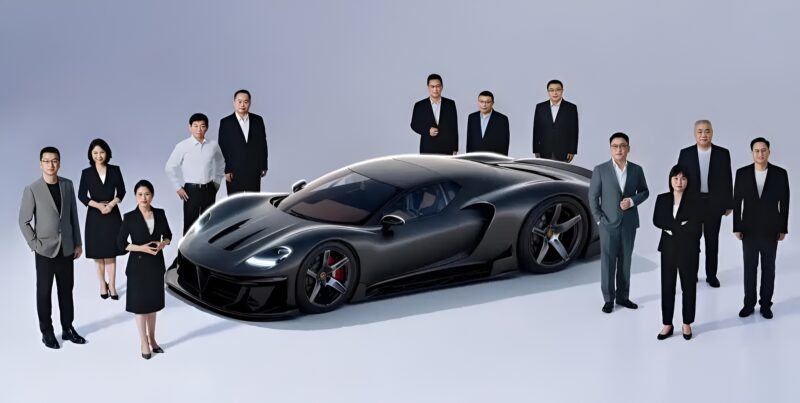
GWM has emphasised both performance and cost control in the project. The vehicle is also expected to incorporate advanced materials and aerodynamic features, with design elements blending global influences and Chinese cultural references.
For GWM, a company best known for SUVs and pickups, the entry into the supercar category marks a significant shift in brand direction. It also reflects a broader trend among Chinese automakers expanding into high-performance vehicles, following the likes of BYD’s Yangwang U9 and Xiaomi’s SU7 Ultra.
If the reported specs are confirmed, GWM’s supercar would join a small group of V8 plug-in-hybrid supercars, a category already represented by models such as the Porsche 918 Spyder and the Koenigsegg Regera, and recently expanded by announced V8-hybrid models from Aston Martin, Ferrari, and Lamborghini.
Updated: 4/10/2025 China time: 10:10 am



